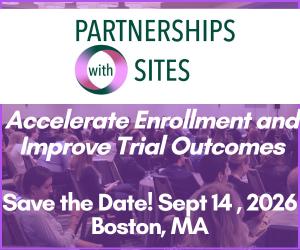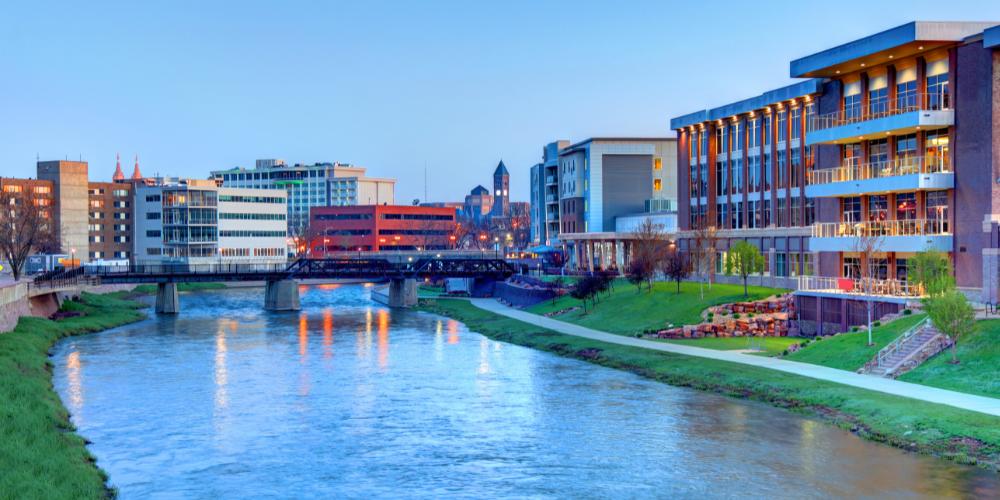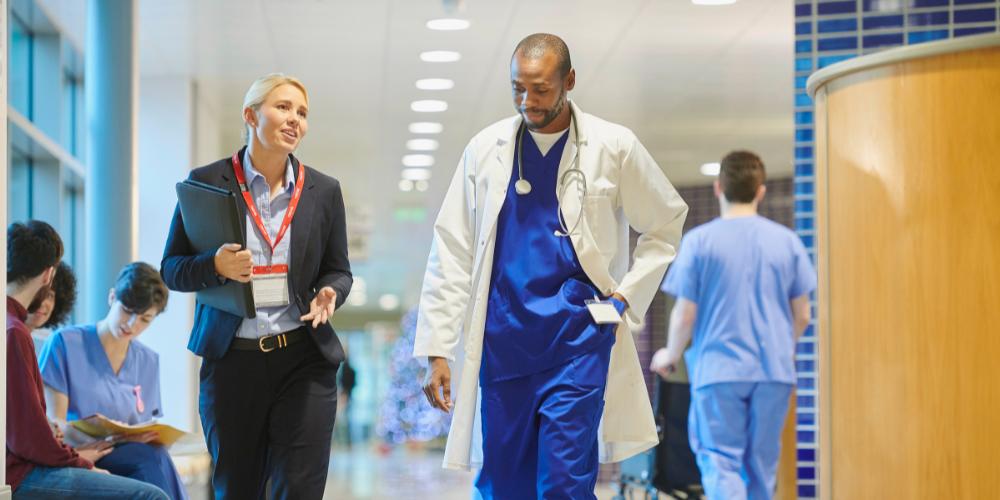How Clinical Research as a Care Option Gets Done in New York’s Largest, and Least Populated County
Kylie Sands, MBA, CCRP, Clinical Research Operations Manager at St Lawrence Health System, walks us through how her team brings clinical research as a care option to their rural community in St Lawrence County, making the most of a small staff and strong priorities.

What is the clinical research ecosystem at St Lawrence Health?
St Lawrence Health, an affiliate of Rochester Regional Health, is located in St Lawrence County, New York. It is the largest county in New York State, and one of the least populated. The entire county has just over 100,000 people. Our health system consists of three hospitals and several outpatient clinics. The closest tertiary care center from us is about a three-hour drive. The closest alternative clinical trials sites are located in either Burlington, Vermont or Syracuse, New York.
Our entire research department was established about approximately eight years ago, and our staff consists of four coordinators and myself as the operations manager. We provide support to any clinician who is interested in doing clinical research, in any specialty and indication.
We currently have clinical trials in rheumatology, pulmonology, oncology, infectious disease, and we've previously done cardiology and neurology. We do industry as well as investigator-initiated research. The only thing we haven't really delved into too much is device.
"We try to find studies that have medications the doctors truly believe in, or understand their mechanism of action, or if there is nothing else on the market for these patients."
What types of trials are you prioritizing for the population you serve?
We tend to focus on studies that are further along. We don't accept Phase I studies or other early phase studies because we don’t have the capabilities or the beds for overnights.
We try to find studies that have medications the doctors truly believe in, or understand their mechanism of action, or if there is nothing else on the market for these patients. We also try our hardest to make sure there is open-label access at the end, because a lot of our patients have little-to-no insurance. We don’t want to have them lose access to medications that are working well for them.
How are you engaging with new providers to get them interested in clinical research?
Typically we meet with any new provider that is coming into the system and we ask if they have any interest in research at all, if they have any special interest in indications or any investigator-initiated projects that they are interested in. If they are interested, we typically will ask that they also work on industry projects. Those are the trials that keep our lights on, because we do not have any rolling funding or internal funding source.
We also work with some companies that will send us potential studies in new indications. If we see something that could be good for our general population, we will find a provider in that or that specialty and ask if they would be considered being an investigator for the proposed study.
"We first try to focus on general education surrounding clinical research. We want to make clinical trials accessible and the often complex processes surrounding them easier to understand."
Are there any more formalized plans to train the next generation of physician researchers or introduce them to research?
Yes and no. Our health system recently was the recipient of a $2.4m New York State Vital Access Provider Grant to help bring Research to the area. One of the major projects that our department’s medical director is working on is a trial where he is training primary care providers to manage patients with stable Rheumatoid Arthritis.
As a result he has engaged nine primary care clinicians in clinical research that have never previously been involved. He is mentoring them, not only in how to see rheumatology patients but how to be research sub-investigators. They are getting hands-on experience and seeing what it is like to work with our department and follow the protocols. I think for many of them, they are realizing that it is not as intimidating as it may have seemed. We are looking forward to continuing to work with these clinicians in future studies.
How do patients get access to these clinical trials?
We try a little bit of everything, because we are in such a rural space. The one thing we have not been able to rely on is outside referrals. We mine through our EHR. We do a lot of internal referrals, as well as from the provider's own clinics.
We also do a lot of community events. We often have our research coordinators go to events like farmers markets or county fairs, to set up tables and pass out pamphlets. However, rather than trying to recruit for specific studies, we first try to focus on general education surrounding clinical research. We want to make clinical trials accessible and the often complex processes surrounding them easier to understand. Members of our rural community can be a little hesitant at times, so we’ve been trying to introduce studies like sample collection or observational studies, to get their feet wet and ease their minds.
When you do these trials, what are the challenges you’re facing in resources?
We really have to think about our external resources when we are looking at whether or not we can accept a study. We are limited by bodies, and given where we are located, it makes hiring difficult. People say that they are willing to move anywhere, but we’re in the middle of nowhere. The closest Target is 1.5 hours away; the closest major airport is 2.5 hours away.
We often hire people fresh out of college, or those with no experience, and train them. That’s actually easier than untraining people who have experience from a big center but only in a specific silo. Our coordinators have to learn to do everything.
In terms of equipment, we don’t have access to a refrigerated centrifuge. We just got access to a negative-70 freezer after the pandemic, when the hospital bought it to house vaccines. We have one person in the entire hospital to do certain breathing tests for our pulmonology studies.
Do you have to turn down certain studies, like industry trials?
Less than you might expect, actually. Our coordinators are well-rounded compared to what you may find at other sites, in how much they’re trained to do. For example, two of my coordinators are also phlebotomists. They just are so used to not being able to rely on other people that they process and spin their own blood. They package; they do it all.
We do occasionally still have to turn down some studies due to limited resources, especially when studies require multiple blinded and unblinded staff or independent assessors. When there is only one Rheumatologist or Neurologist in our health system and they each have one or two trained APPs that work alongside them, it doesn’t matter how well-trained or great they are at their job. We just don’t have the bodies to staff those studies unfortunately.
What are your goals for being able to bring more studies to patients as a care option?
My first goal for the future is to continue to grow our oncology research department. We are actually in the process of partnering with the University of Vermont Medical Center’s Cooperative Group through Alliance. This will greatly increase the portfolio of trials that we will be able to offer to our oncology patients.








